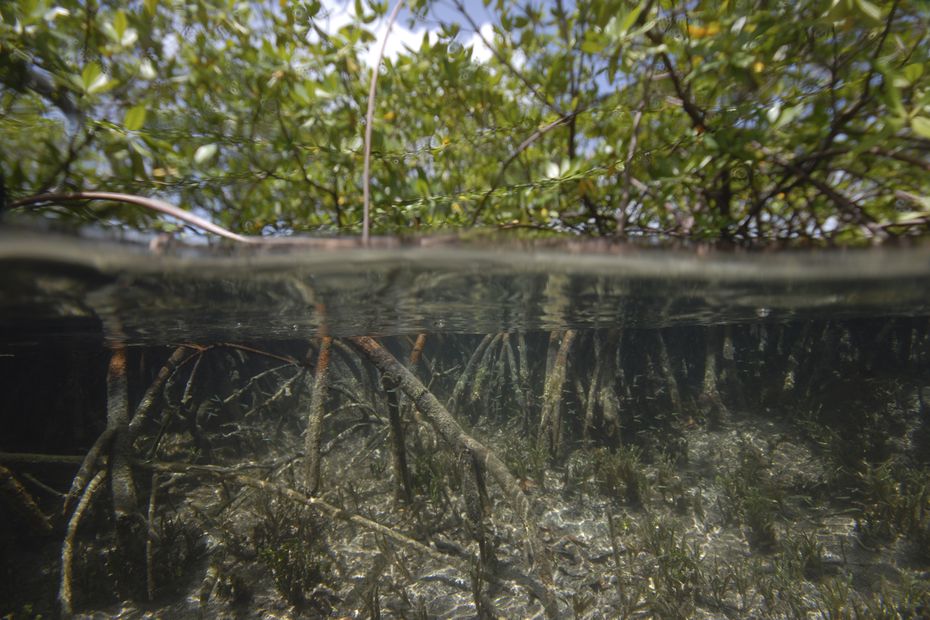
Thiomargarita magnifica, the world’s largest bacteria, was discovered in Guadeloupe
The scientific community is following the evolution of a giant bacterium, 5,000 times larger than its counterparts and with a much more complex structure, discovered in Guadeloupe. The official announcement of this discovery appeared Thursday, June 23, 2022 in the journal Science. These bacteria can be seen with the naked eye and have remarkable properties due to their size, which can reach two centimeters.
•
The discovery in Guadeloupe is the subject of an article in Science on Thursday, June 23, 2022, because “Thiomargarita magnifica” exceeds its size, and it is its processes that are surprising.
“ It reaches two centimeters in length, looks like an “eyelash” and rocks the codes of microbiology “ It was described to AFP by Olivier Gros, professor of biology at the University of the West Indies, co-author of the study.

The world’s largest bacteria was discovered in Guadeloupe.
•
This discovery was made on the surface of the decaying mangrove leaves in Guadeloupe, By Silvina González, Researcher in Marine Biology at the University of the West Indies and The team of Professor Olivier Gross, a microbiologist from the University of the West Indies.
At first I thought it was just a germ because something two centimeters long couldn’t be a bacteria. . Electron microscopy techniques show that it is indeed a bacterial organism. But of this size, we had no guarantee that it was a single cell.”
Olivier Gros, Professor of Biology at the University of the West IndiesFrance Press agency
Discovered in Guadeloupe over ten years ago, it is all the researchers’ work that is rewarded.
Researchers from Lawrence Berkeley National Laboratory (USA), Complex Systems Research Laboratory in California The University of the West Indies did not leave their dossier despite questioning the first contacted scientific journal. Olivier Gross doesn’t remember the proof that he was strong enough in terms of image.
Complementary studies are being conducted with Jean-Marie Voland, a young postdoctoral student from the University of the West Indies, first author of the study published in the journal Science, who is moving to the United States, where the University of Berkeley has recruited.
Many questions arise in the scientific community about “Thiomargarita Magnifica”
Its massive genome and fragmentation of its genetic material are complex characteristics not previously observed in other bacteria.

“Incurable web evangelist. Hipster-friendly gamer. Award-winning entrepreneur. Falls down a lot.”
